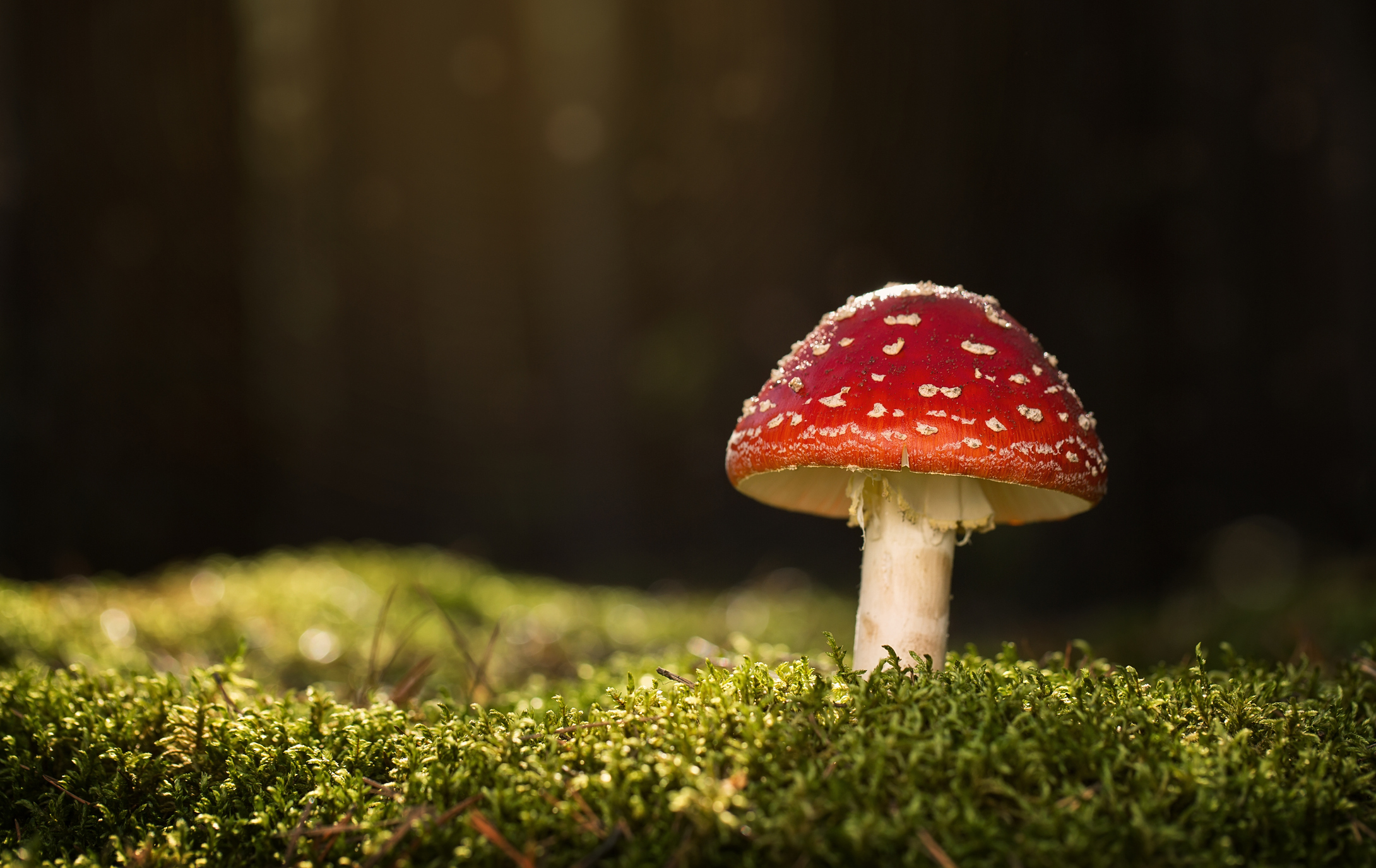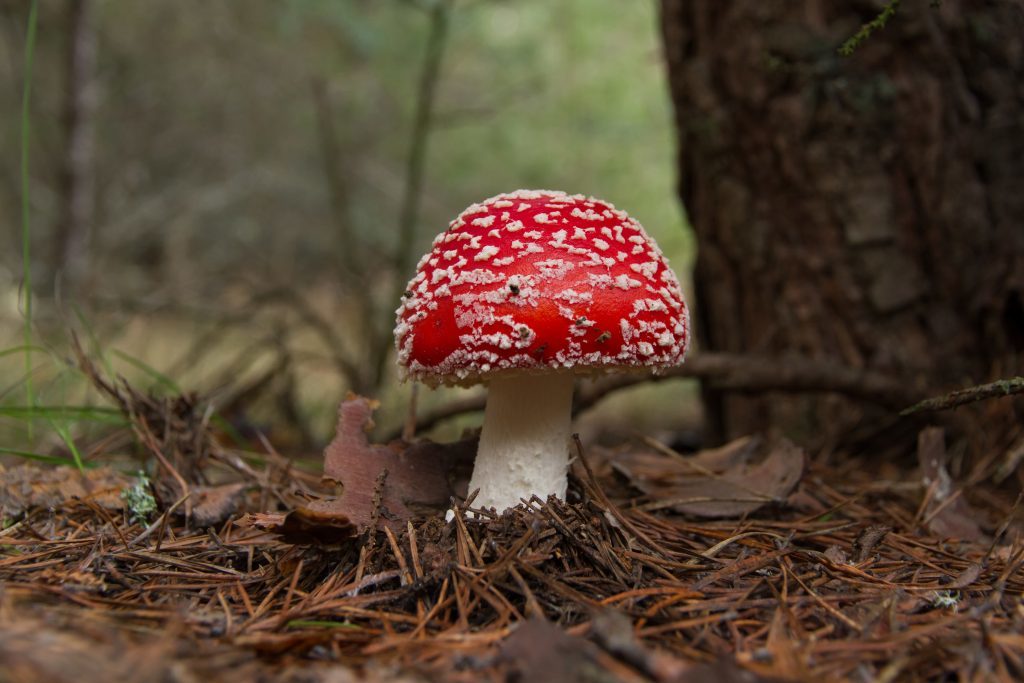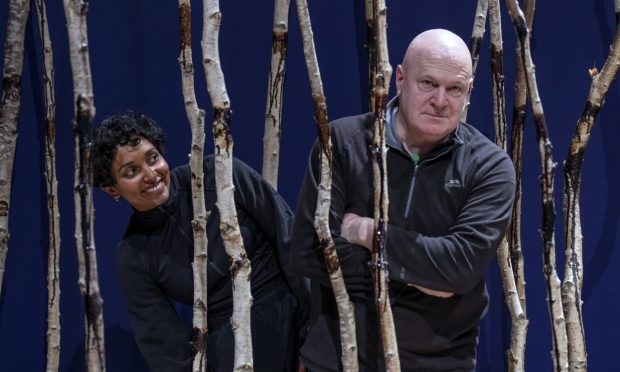The redness glowed like a smouldering ember from deep within the upturned roots of this fallen pine tree.
My first inclination was that it would be too much of an effort to crawl under the roots to investigate the strange object. But curiosity overcame me, so I hunkered down and crawled into the earthy cleft at the base of the tumbled trunk.
Ah, the red glint was in fact a fly agaric toadstool and what a nice specimen too with its scarlet cap flecked with a frosting of white. Most fly agarics you come across are scarred by slug damage but this one was in pristine condition, perhaps because it was so well hidden.
Fly agarics are, of course, poisonous. Indeed, in parts of Europe there was the old custom of using the caps, crumbled in milk, to kill flies, hence the name. It is also the toadstool so widely depicted in children’s fairy tales, including Alice in Wonderland.
After taking several photographs, I extricated myself from under the roots and shortly afterwards by the edge of a forest path I found another most attractive toadstool. Its cap was bright orange with a hint of white flecking on its outer rim. I was unable to identify the species, but I suspect it may too have been a fly agaric but with a coloration slightly at variance from the norm.
Fly agarics, like many fungi, form close associations with trees. Tiny underground threads from the fungi intertwine with tree roots, which in turn help the trees to absorb nutrients from the soil. In other words, our woodlands are highly dependent on fungi for their wellbeing.
It had been a long time since I had last visited Glen Artney near Comrie, so a recent trip there was a wonderful reminder of just what a beautiful place it is. We took a small track up an offshoot glen and high on one of the ridges stood three red deer stags. They were young animals who will soon be in the thick of the rut when it gets under way in October.
These youthful stags would seem to have little chance against the older more powerful males who will be defending their harems of hinds. But size doesn’t necessarily matter, as less dominant individuals often adopt the tactic of rushing into the harem when the master stag is not looking. These hit and run males are sometimes known as “sneaky copulators”, a term I rather like.
As we drove away from the glen, a red kite swooped across the road. Kites always seem rather erratic in the air but I imagine this lazy flying style is down to the need to carefully scrutinise the ground for food.
Glen Artney is such a natural gem and as we watched the kite, I wondered what other wildlife surprises lay hidden within the folds and tucks of the surrounding hills.
Info
Fly agaric is most commonly found growing under birches or conifers. It is related to the death cap, one of our most poisonous types of toadstool – just one death cap is enough to kill an adult if eaten.











